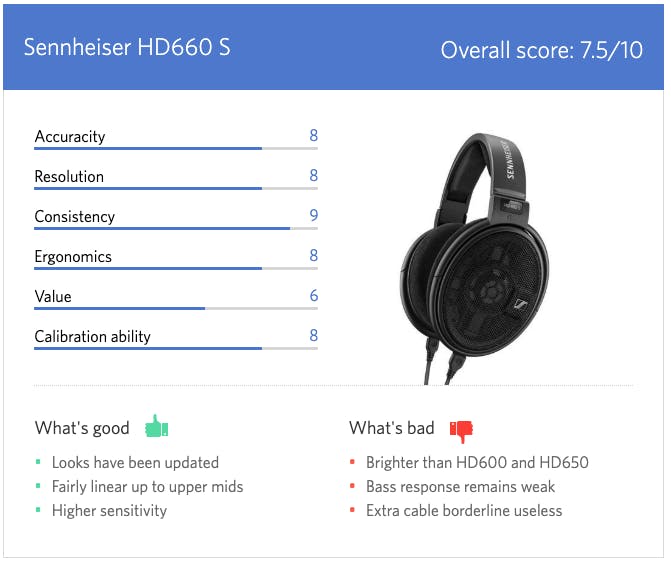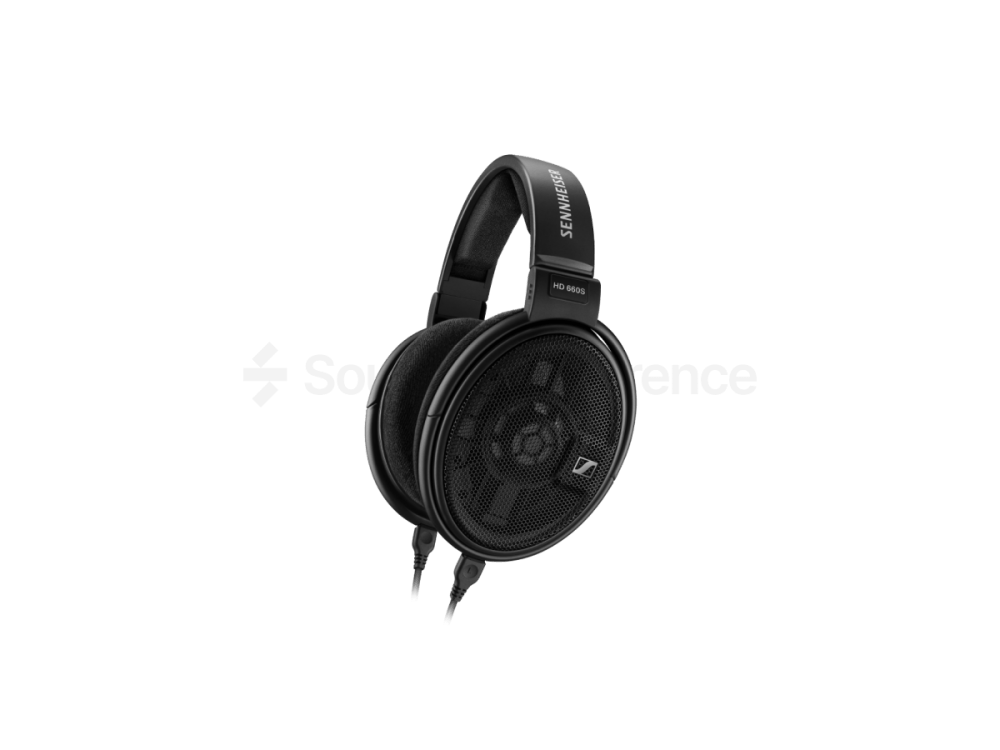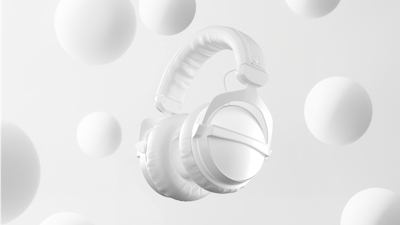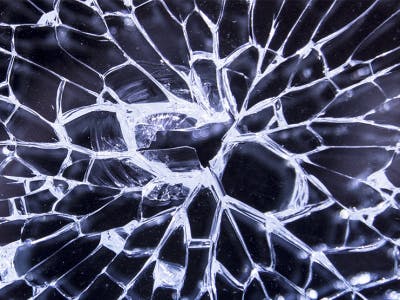If there’s one question every headphone enthusiast gets asked almost every week, it’s the infamous “HD600 versus HD650”. Both are good headphones with top tier frequency response with only bass being the weak part. Might as well toss a coin! Now with HD660 S being added into the mix, the answer might be even harder. Read on on to find out if that’s the case!
Uncalibrated sonic performance
Subjectively, before peeking in the measurements the HD 660S felt familiar, yet it seemed brighter than the HD 600 / HD 650 old guard. Not annoyingly so, if used for recreative listening, however in mixing these extra highs might prove troublesome.
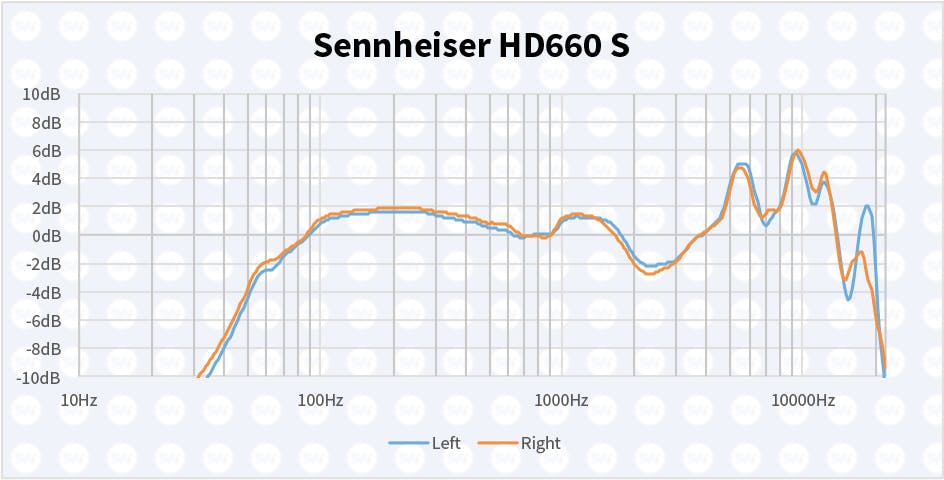
The HD660S retains the main flaw of HD650 and HD600 – bass starts rolling off too early at around 80Hz. Checking what’s going on in sub-bass could be hard on these headphones. It’s a common characteristic of most open backs, as only some of the newer dynamic drivers models like Focal Elear show an improvement in this area.
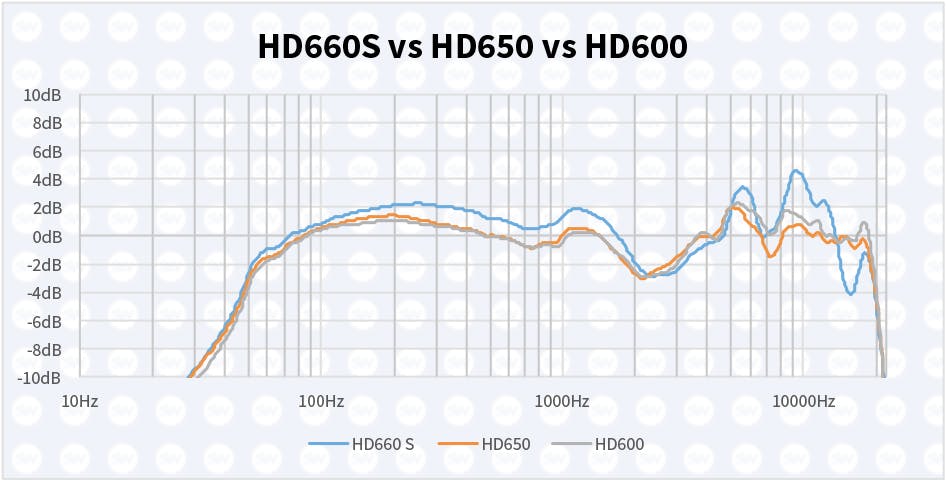
This probably is what everyone is dying to see. The graph shows that the HD660 S basically mirrors the older HD650 up until 6kHz and then starts doing its own thing. This really isn’t AKG or Beyerdynamic grade brightness, but for critical listening it’s a no go. Voice, string and other overtones will get unnatural emphasis. Sweeps will also be hard to get super precise.

Harmonic distortion is also largely unchanged from the older HD6XX models. Midrange is squeaky clean and throughout the whole frequency range only 2nd harmonic rears its head. This means that below 60Hz bass notes might start getting a bit blurry, because the driver starts running out of steam (excursion, really). For bottom octave work one should look for something else. Calibration will provide good extension up until 30Hz, but THD will limit precision. At the same time sculpting kicks shouldn’t be much of a challenge, if one knows what to listen for.
Ergonomics
HD660 S feels largely the same as their older brethren, they’re light, yet a bit clampy. Interestingly enough the clamp gets annoying only on newer headphones due to stiffer pads. In time the “hug” gets lighter with no other apparent pressure points.
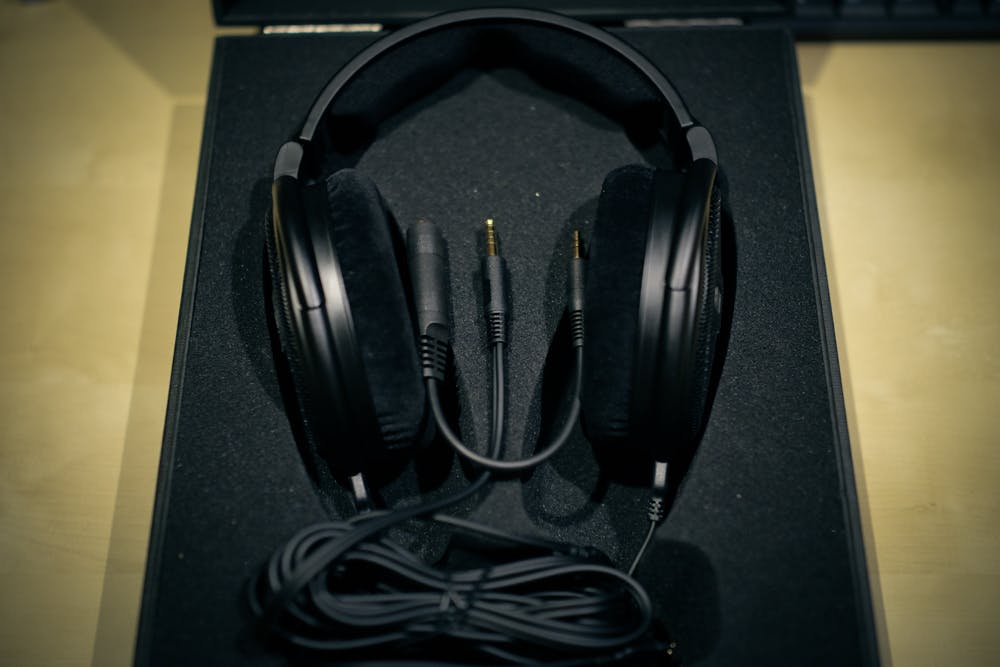
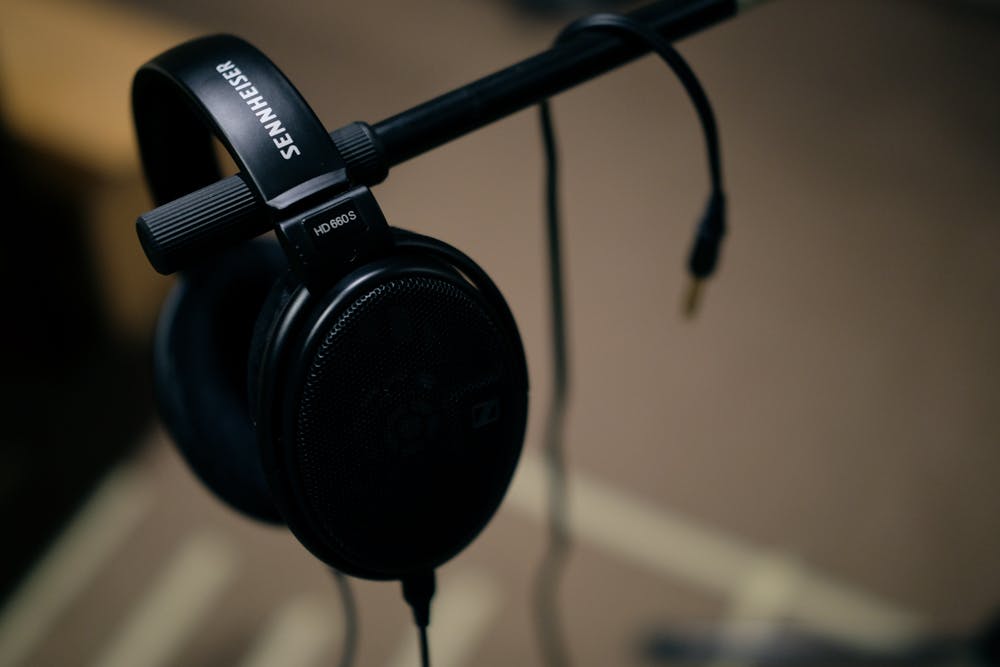
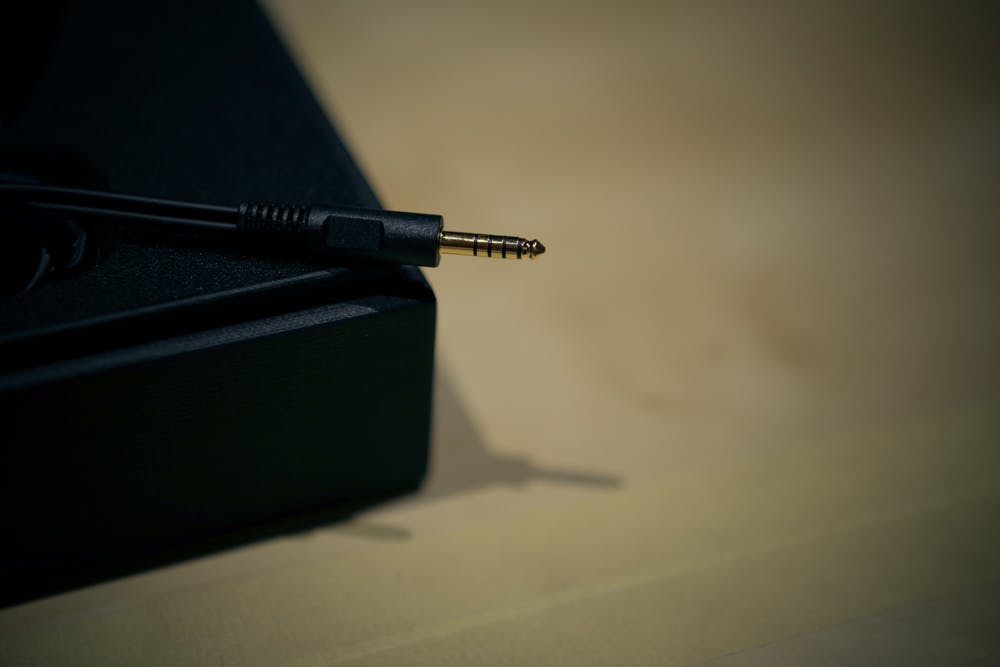

The packaging has also remained unchanged with one interesting extra thrown in – an extra cable terminated with a 4.4mm pentaconn balanced connector. This is a peculiar addition as currently there are very few devices on market which support it. Some Sony hi-end DAPs use it as well as Sennheisers’ own DAC/AMP. Maybe this signals where things are going, but as of late 2017 it’s more awkward than anything else.
As for cosmetics, many will agree with the more modern black colour scheme with offset company logo on the side of the earcup grill. It’s a welcome addition as HD600 faux marble feels 30 years old and HD650 doesn’t do much better in this regard. Luckily most of the parts remain replaceable and headphone can be taken fully apart without any tools.
Conclusion
If you’re looking for a revolution, then this sadly isn’t it. The HD660 S is an attempt to evolve the HD650 into something more exciting. The problem is that much of what made the HD650 great for sound editing has been therefore lost. It’s still a decent headphone for recreational listening, because of extra sparkle up top. However unlike 15 years ago, there are other decent headphones around the 500$ mark.
The problem is that much of what made the HD650 great for sound editing has been lost.
